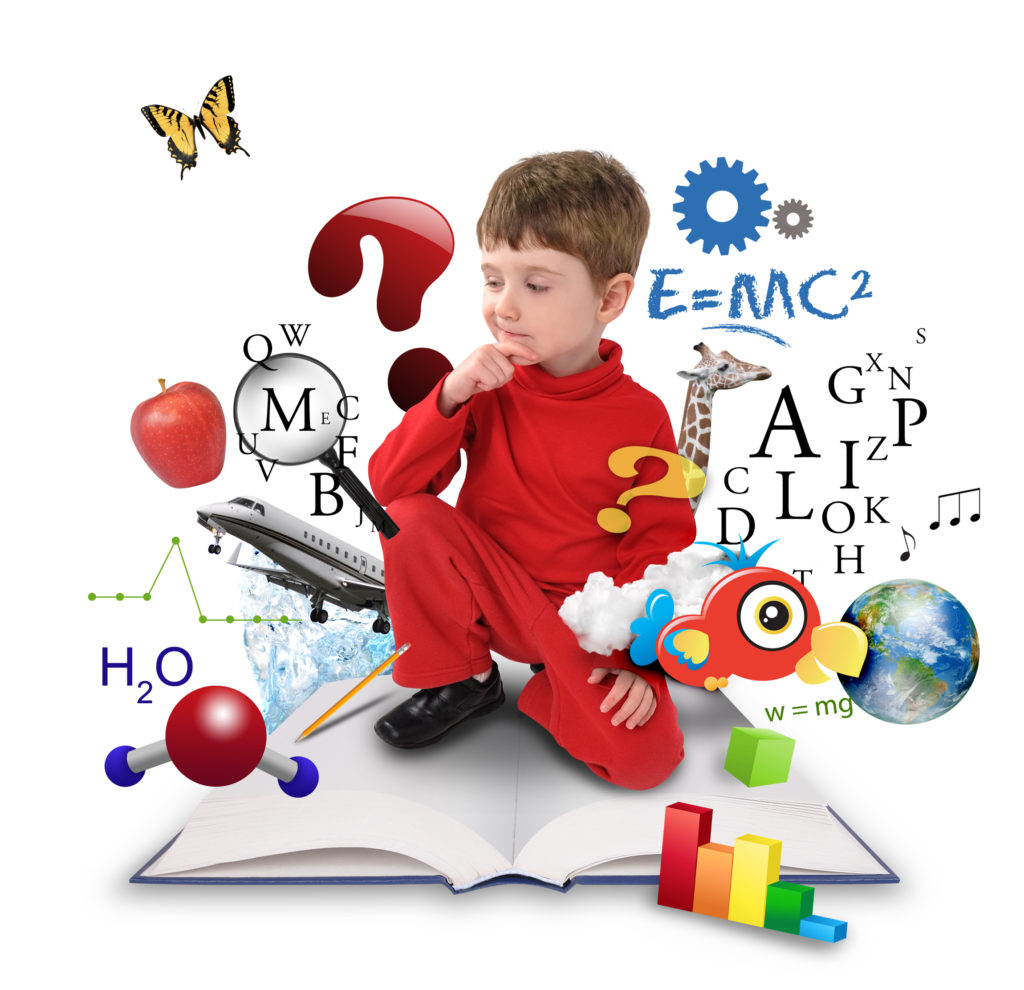Even with years, technology is still a hot button issue. Some educators and students love and use technology flawlessly daily, while some hate it and don’t see why they must be made to apply it at all.

Additionally, complicating any discussion from the role of technology in schools will be the perceived inequality gap between rich and poor school districts. Some schools appear to have endless practical information on new technology (think iPads and 3D printers), while other schools have to use what wealthier schools might disregard as old.
Similarly, supporters of technology claim that technology from the classroom encourages independent learning, teaches real-world life skills (e.g. how to write e-mail, online etiquette), inspires creativity, so it helps students experiment in disciplines such as science by utilizing more using new tools.
On the other hand, critics of technology from the classroom claim that it leads to distraction (particularly when students are checking Facebook on the web . attention), fosters poor studying and research habits (e.g. just searching Google as opposed to really researching a topic using library resources), and will cause problems like cyber bullying or invasion of privacy.
What’s clear is always that there are particular trade-offs involved with technology. Educators shouldn’t view technology like a panacea which will magically teach students how you can read once they get access to an iPad. And students shouldn’t view tablets, phones, and 3D printers simply as toys to avoid the true work of studying.
That’s why the important thing determine any discussion about technology from the classroom (and out from the classroom) will be the teacher. If your Teaching job in USA would like to supplement an in-class lessons with online resources, he has to even be without doubt all students have equal access to those resources. Some students may reside in a home with access to multiple computers and tablets, while some might reside in a home where there isn’t access to this technology.
The purpose of technology ought to be to make learning quicker and easier for those students. Knowning that could mean challenging many assumptions about how students learn best. For instance, one trend inside the U.S. educational method is “flipping the classroom,” in which online learning plays an important role. Unlike the standard classroom, where lectures occur during the school days and homework gets done through the night, a “flipped classroom” implies that students help teachers on homework during the school day after which watch picture lectures through the night.
And there’s one more factor that should be taken into consideration, and that’s the ability for technology to arrange students for that whole world of the long run. That’s why many U.S. educators are watching computer science and coding – they’ve even described coding/programming like a new fundamental skill from the digital economy, right next to literacy. In such cases, of course, it’s computer literacy that matters.
Whether it’s online education, iPads, gaming or BYOD, technology will play a crucial role in the future growth and development of education. It’s necessary for any teacher to comprehend the various issues at play anytime they introduce technology into the lesson plan as well as the overall classroom experience.
Check out about Teaching job in USA check the best web portal: click now
